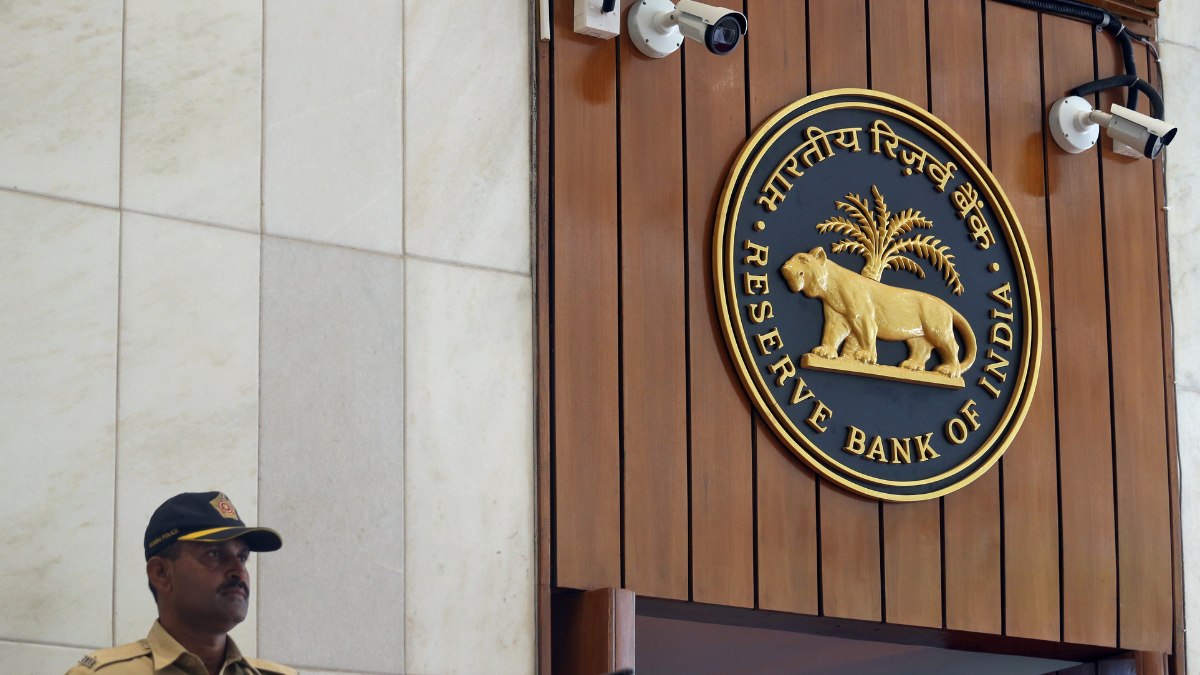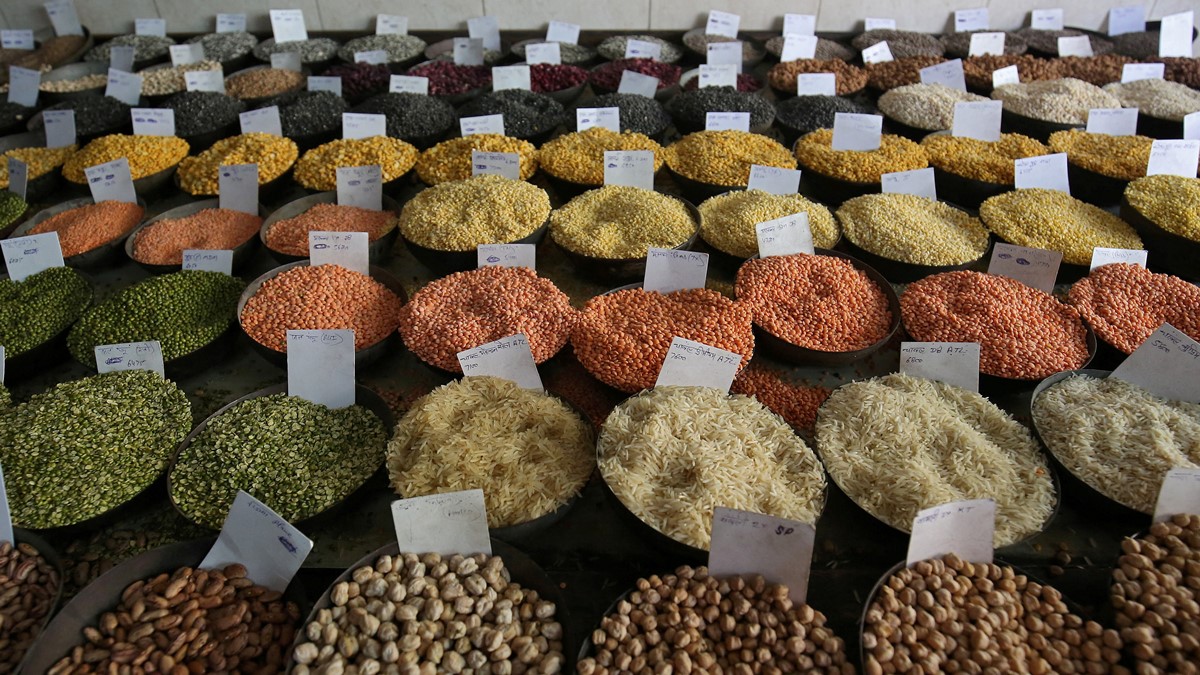By HDFC Asset Management Company
The yields have increased for Indian government bonds due to the Israel-Palestine conflict and its impact on oil, and uncertainty on RBI’s liquidity actions. In our view, yields are now trading at relatively attractive absolute levels of 7.35%-7.42% for 5 to 20-year maturities, and exceeding 7.5% for 30-year bonds. Yields could trade in a range in the short term, as key factors seem evenly balanced. In the medium term, India’s growth and stability, falling inflation and inclusion in key global bond indices could lead to a fall in rates. Investors could therefore consider higher allocation to longer duration funds in a staggered manner.
In India, the growth momentum likely to slow down due to waning of pent up demand and lagged effect of monetary tightening. Inflation under control in India, with the CPI (Consumer Price Inflation) dropping to 5%, and the ex-food CPI being lower, at 4.5%. The Indian government (Centre + State) bond supply in H2FY24 seems to be relatively low, with the fiscal position also under control. India yield curve could be considered to be mildly upward sloping, with the gap between the 2-year and 10-year yield being just 9 basis points. (basis points are one-hundredth of a percentage point).
The factors that could lead to declining yields are low risk of fiscal slippage, well-balanced demand-supply outlook of government securities. The CPI and core CPI are likely to trend lower in view of the correction in vegetable prices, decelerating momentum, lower input price pressure and benign global commodity prices. India’s growth rate is expected to trend lower in view of slowdown in services and goods exports, decline in fiscal impulse and softness in private consumption. The bar for restart of rate hikes by RBI remains high despite sharp rate hikes by US as adequate foreign exchange reserves should keep pressure on INR at bay.
And on the other hand, factors that could lead to higher yields are uncertainty with regard to Open Market Operation (OMO) sales timing and quantum. Growth continues to remain robust and if sustained, there is risk of core inflation reaccelerating. Headline CPI remain susceptible to elevated food price in view of temporal and spatial distribution of monsoon and its impact on crop yields. The credit demand remains robust and SLR holdings of banks remain high. Thus, incremental demand from key buyers of G-Secs is likely to remain muted. The continued global monetary tightening and risk of rise in commodity prices, especially oil, driven by China reopening and geopolitical dynamics. Significant recent increase in global bond yields and rising upside risk to UST yields.
While short to medium duration debt funds continue to remain attractive, given the sharp rise in yields in the past couple of months, investors could consider higher allocation to longer duration funds in a staggered manner, in line with individual risk appetite to a) match longer term investment goals with higher maturity products and to b) gain from higher accrual and potential mark to market gains on easing of rates in the medium term.
Mutual Funds could be an efficient route for taking such exposure. Different types of funds that follow a specific range of duration can be considered such as Short Duration Fund, Medium to Long Duration Funds as well as Long Duration Funds. Target maturity funds could also be considered. One must however, consider their respective financial goals, investment horizons and risk appetite before investing.
(Disclaimer: Views expressed are the author’s own. Please consult your financial advisor before investing.)




